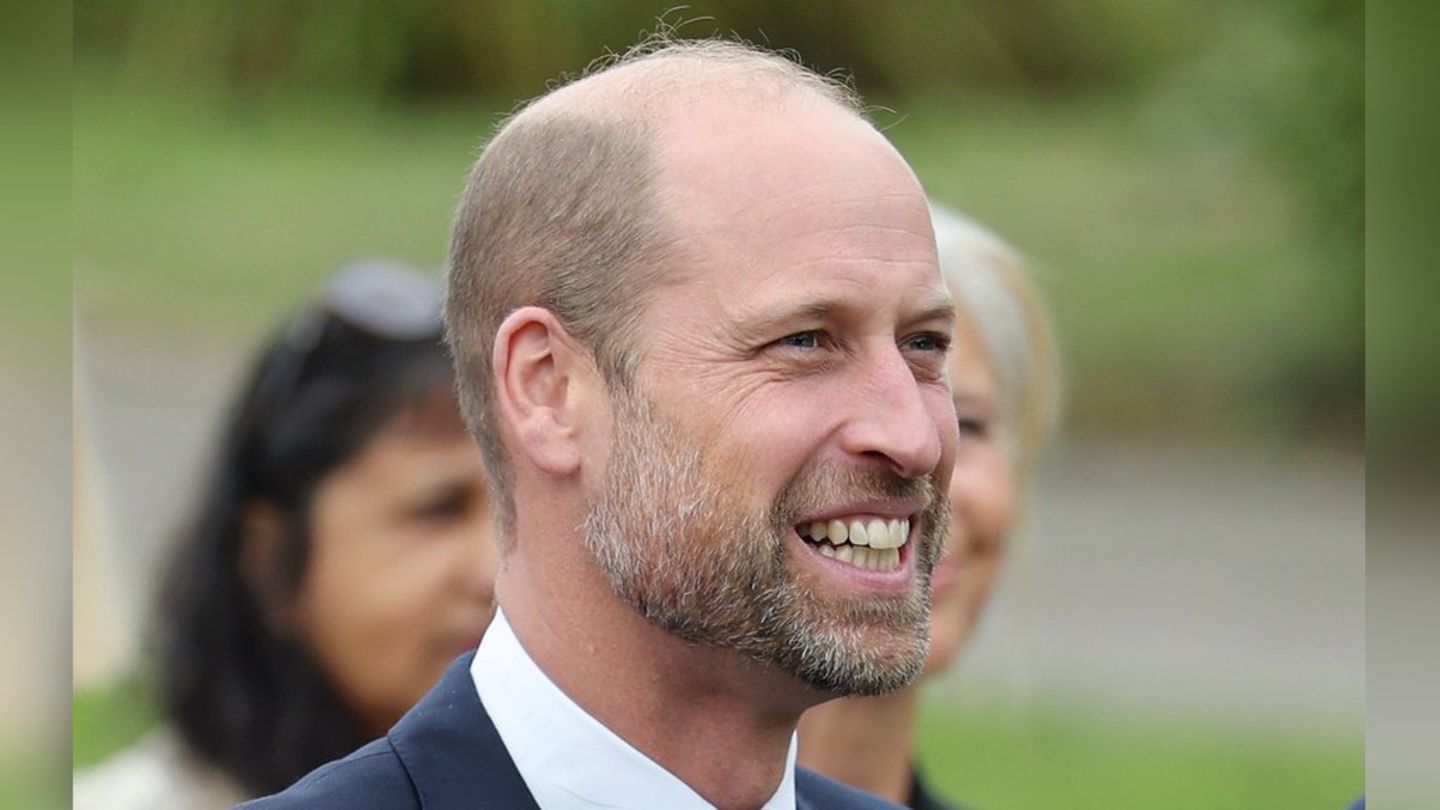Image: NOTRE DAME,THE WESTERN ROSE/HIST
Together with the French start-ups Iconem and Histovery, the Ars Electronica Futurelab created a huge three-dimensional model of the cathedral, in which details can be explored up close thanks to gigapixels and a special application. “We had a great opening during the Ars Electronica Festival and also received many inquiries internationally,” said Michaela Wimplinger, responsible for special projects at Ars Electronica. There was a waiting list for the screenings in Deep Space, so she is “happy that we can show Notre-Dame over a longer period of time,” until the end of 2025, currently on Saturdays and Sundays at 1 p.m.
An “extended program” is being worked on for the reopening of the cathedral in Paris. Schools will incorporate the “visit” to the cathedral into their lessons and other special performances will also be offered.
Insights that would not otherwise be possible
Laser scans by Belgian art historian Andrew Tallon were used for the presentation of Notre-Dame. Material that also helped architects reconstruct the cathedral. “Our Futurelab has generated an application that allows you to look closely at details and also control and ‘fly through’ them,” says Wimplinger. This allows you to gain insights that would not otherwise be possible. The Cultural Heritage project was funded by the Dorotheum, the Upper Austrian Cultural Region, supported by the Austrian Foreign Ministry and the Institut français d’Autriche as part of the strategy for the international dissemination of the cultural and creative industries.
Image: NOTRE DAME,THE WESTERN ROSE/HIST
“}”>
Image: NOTRE DAME,THE WESTERN ROSE/HIST
Source: Nachrichten
I am an author and journalist who has worked in the entertainment industry for over a decade. I currently work as a news editor at a major news website, and my focus is on covering the latest trends in entertainment. I also write occasional pieces for other outlets, and have authored two books about the entertainment industry.




